Decennial Census 2020 - Texas
2020 Count Question Resolution (CQR) and the 2020 Post-Census Group Quarters Review (PCGQR) programs
After the 2020 Census, the U.S. Census Bureau launched the 2020 Count Question Resolution (CQR) and the 2020 Post-Census Group Quarters Review(PCGQR) programs. The Census CQR and PCGQR programs allow states and local jurisdictions to submit proposed corrections on housing unit counts and boundary errors that may have occurred during the 2020 Census. The Texas Demographic Center (TDC) shared information about the programs through various avenues (conferences, emails, newsletters, and a webinar) to encourage local governmental entities to participate. In addition, the Governor’s office authorized TDC to conduct a review of all group quarters within the state and submit our findings to the PCGQR and CQR programs.
Demographic and Housing Characteristics (DHC) File
The 2020 Census Demographic and Housing Characteristics File (DHC) includes detailed data tables on the following subjects: Age, sex, race, Hispanic or Latino origin, household type, family type, relationship to householder, group quarters population, housing occupancy, and housing tenure.
Demographic Profile
The 2020 Census Demographic Profile provides an overview of demographic and housing characteristics for a specific geography in a single data table. Subjects include: Age, sex, race, Hispanic or Latino origin, household type, relationship to householder, group quarters population, housing occupancy, and housing tenure.
P.L. 94-171 Redistricting Data Summary
Public Law (P.L.)94-171, enacted by Congress in December 1975, requires the Census Bureau to provide states the opportunity to identify the small area geography for which they need data to conduct legislative redistricting. The law also requires the U.S. Census Bureau to furnish tabulations of the population to each state, including for those small areas the states have identified, within one year of Census day.
Apportionment
Apportionment is the process of dividing the 435 memberships, or seats, in the House of Representatives among the 50 states based on the population figures collected during the decennial census. The apportionment population consists of the resident population of the 50 states, plus the overseas military and federal civilian employees and their dependents living with them who could be allocated to a state. The population of the District of Columbia is not included in the apportionment population.
Decennial Census Resources
2020 Census Self-Response Rates
This interactive application was created by the Texas Demographic Center to show self-response rates to the 2020 Census and Hard-to-Count population characteristics.

 Census 2030
Census 2030 Redistricting Resources
Redistricting Resources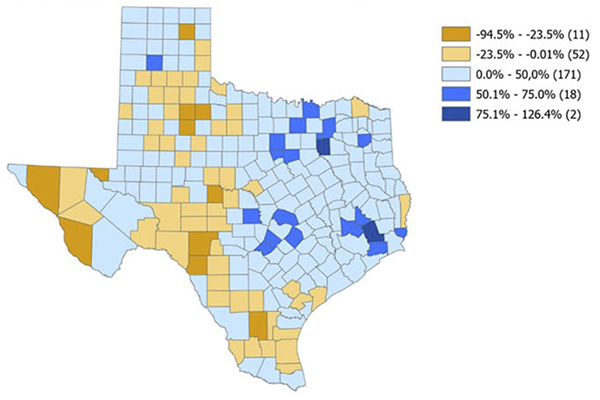
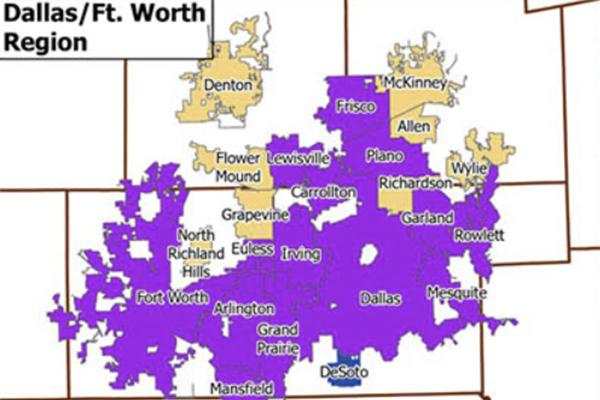
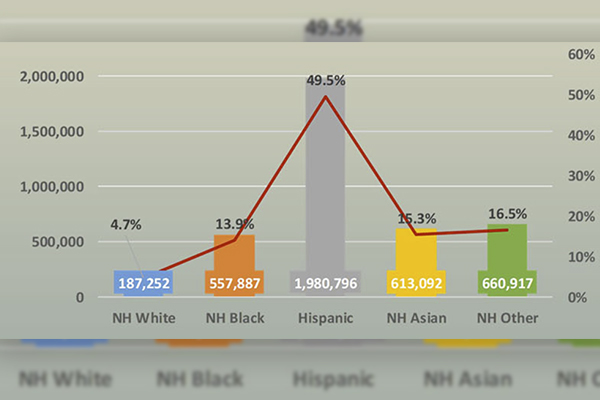
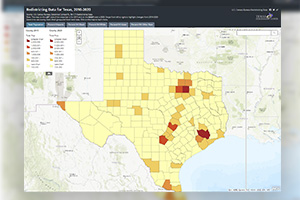

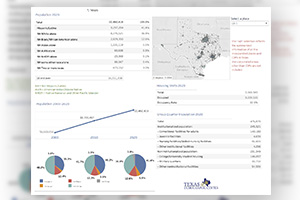
 2020 Census Self-Response Rates (arcgis.com)
2020 Census Self-Response Rates (arcgis.com)